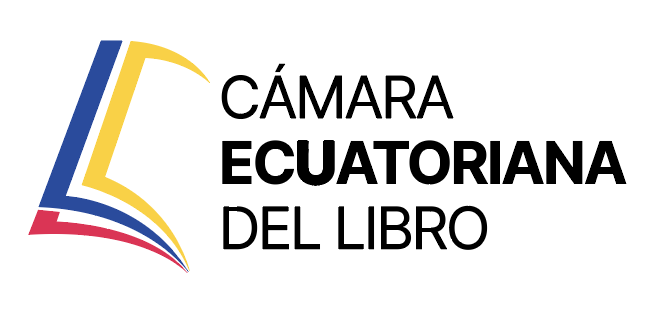
The Galapagos Verde 2050 Project Volume 1 2013-2019
Jaramillo Díaz, Patricia Alexandra
Tapia Aguilera, Washington Hugo
Gibbs, James
Guerrero, María
Mayorga, Paúl
Colaboradores:
Plunkett, Esme (Traductor)
Negoita, Luka (Traductor)
Editorial:Fundación Charles Darwin para las Islas Galápagos
Materia:Conservación de recursos biológicos
Público objetivo:Profesional / académico
Publicado:2020-04-01
Número de edición:1
Número de páginas:132
Tamaño:21x29.7cm.
Encuadernación:Tapa blanda o rústica
Soporte:Impreso
Idioma:Inglés
Libros relacionados
Impacto Ambiental y Biorremediación en la Acuicultura - Jadán Veriñez, Yanira Benita
Reima: 25 años haciendo camino al andar - Puerta de Armas, Yordanis Gerardo
Memorias del V Simposio de Investigación y Conservación en Galápagos
Manejo y conservación de Recursos Naturales - Cotto, Manuel
Reseña
The Galapagos Verde 2050 (GV2050) project started with a collaboration between the Fuente de Vida of Ecuador (representing the Dutch organization Groasis), and the Charles Darwin Foundation (CDF), with initial financing for the pilot project generously donated by the
COmON Foundation. The objective of this pilot project was to 1) test the effectiveness of a watersaving technology on the growth of key native and endemic plants in degraded ecosystems (ecological restoration) and 2) to test the production of cultivated plants in local farms in the Galapagos (sustainable agriculture). Considering the potential use of water-saving technology as a widespread conservation tool for the flora in the Galapagos, the CDF coordinated with the Galapagos National Park
(GNP) for this initial study beginning in 2013.
During 2013, a local farm on Floreana Island was used as a model to test the effectiveness of the water saving technology Groasis Waterboxx®
(Groasis) for ecological restoration in rural areas, before implementing these methods in protected GNP areas. Another initial study site was
established on Santa Cruz, where the technology was tested in a small touristic site called “Los Gemelos”, an infamous area for the spread of the invasive invasive blackberry species (Rubus niveus) (Buddenhagen & Jewell, 2006; M. R. Gardener, Tye, & Wilkinson, 1999; Rentería & Buddenhagen, 2006). As a part of urban ecological restoration,
invasive species were eliminated and both endemic and native species were planted in the Harbor Captaincy premises on Santa Cruz, and the
Galapagos National School gardens. Restoration of a former waste landfill was also implemented on Baltra Island.
After the success of the pilot project, Galapagos Verde 2050 was officially structured as a three-phased long-term initiative of applied science, restoration, adaptive management, and conservation beginning in 2014 and planned until 2050 (Figure 1).
It focuses on two primary components—1) ecological restoration of urban, rural and protected areas, and 2) the development of sustainable agriculture.




